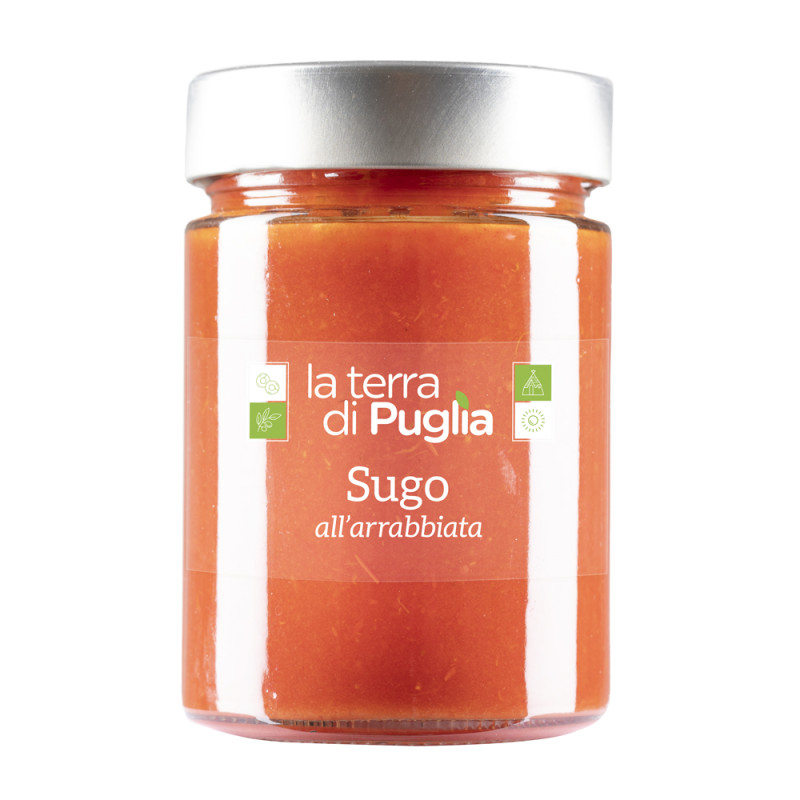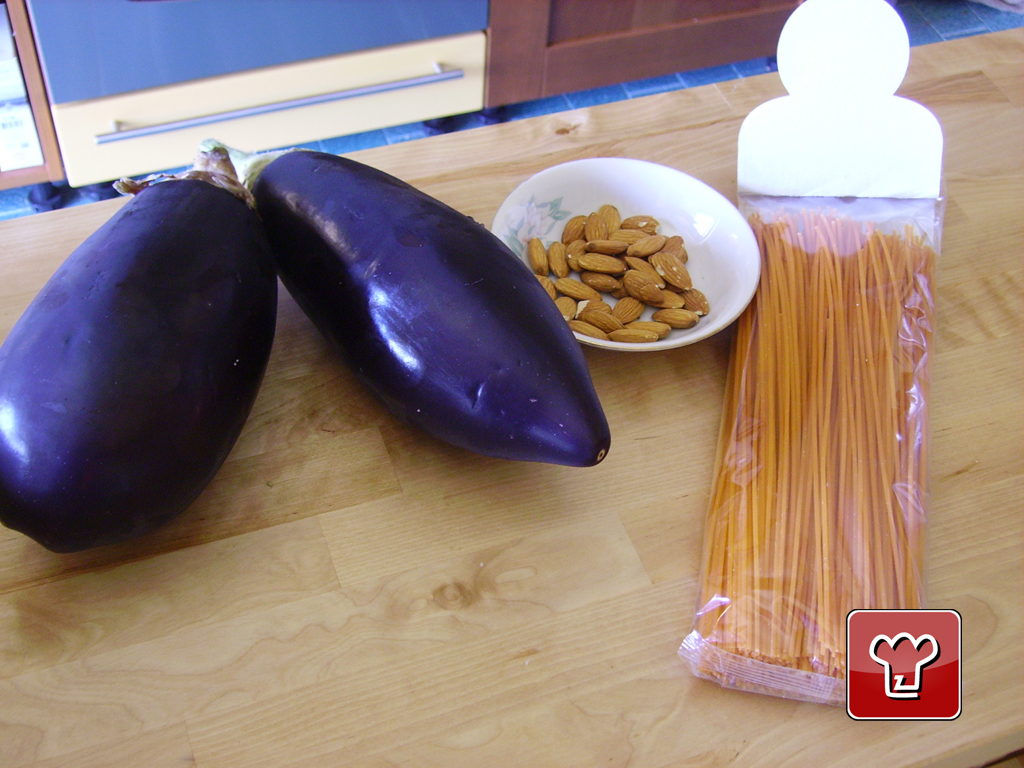Red spaghetti with creamed aubergine sauce
Although this recipe is in no way a specialty of the region, it reminds us in many ways of beautiful Sicily with its flavours and aromas. The aubergine, almonds and basil bring to mind the wonderful flavours of that sun-kissed island. The red bronze-drawn pasta imparts flavour but also energy, colour and passion to this original pasta course. Experience for yourself this red spaghetti with creamed aubergine: you will impress your guests with an unusual meal which is not only truly original, but also easy to make. As a quick and easy recipe, this red spaghetti with creamed aubergine sauce is perfect even for those who are not particularly experienced cooks, and yet still want the pleasure of having friends over for dinner.
Ingredients

Send the recipe
Preparation
Peel the aubergine and cut it into large cubes. Coarsely chop the onion and fry it in a pan. Add the aubergine, immediately adding salt so that it softens slowly. Add the whole almonds to the pan while cooking and continue until the aubergines are soft. With an electric hand blender, purée the aubergine and almonds along with a sprig of fresh basil. Serve the pasta mixed with the creamed aubergine, hand-chopped almonds and a drizzle of extra virgin olive oil.
Step by step
|
View the step by step

|
Peel the aubergine
|
|
View the step by step

|
Dice the aubergine and leave it lightly salted in a colander so as to drain some of its bitter juices
|
|
View the step by step

|
Slice the onion
|
|
View the step by step

|
Fry the onion in a frying pan with a little oil
|
|
View the step by step
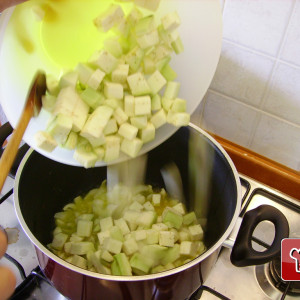
|
Fry the aubergine in the pan
|
|
View the step by step
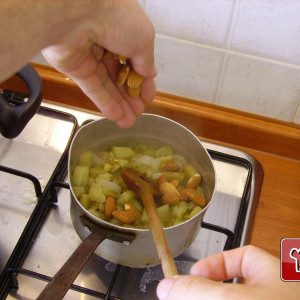
|
Add the almonds to the aubergine while cooking
|
|
View the step by step
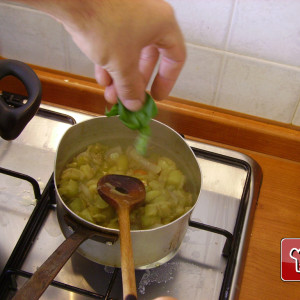
|
Add a little basil while cooking
|
|
View the step by step
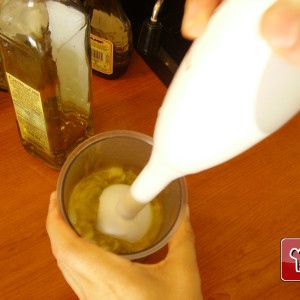
|
Blitz everything with an electric hand blender till you get a creamy consistency
|
|
View the step by step
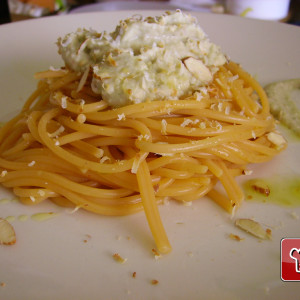
|
Cook the spaghetti and then top with the creamed aubergine and almond sauce. Grate over some smoked ricotta cheese
|



